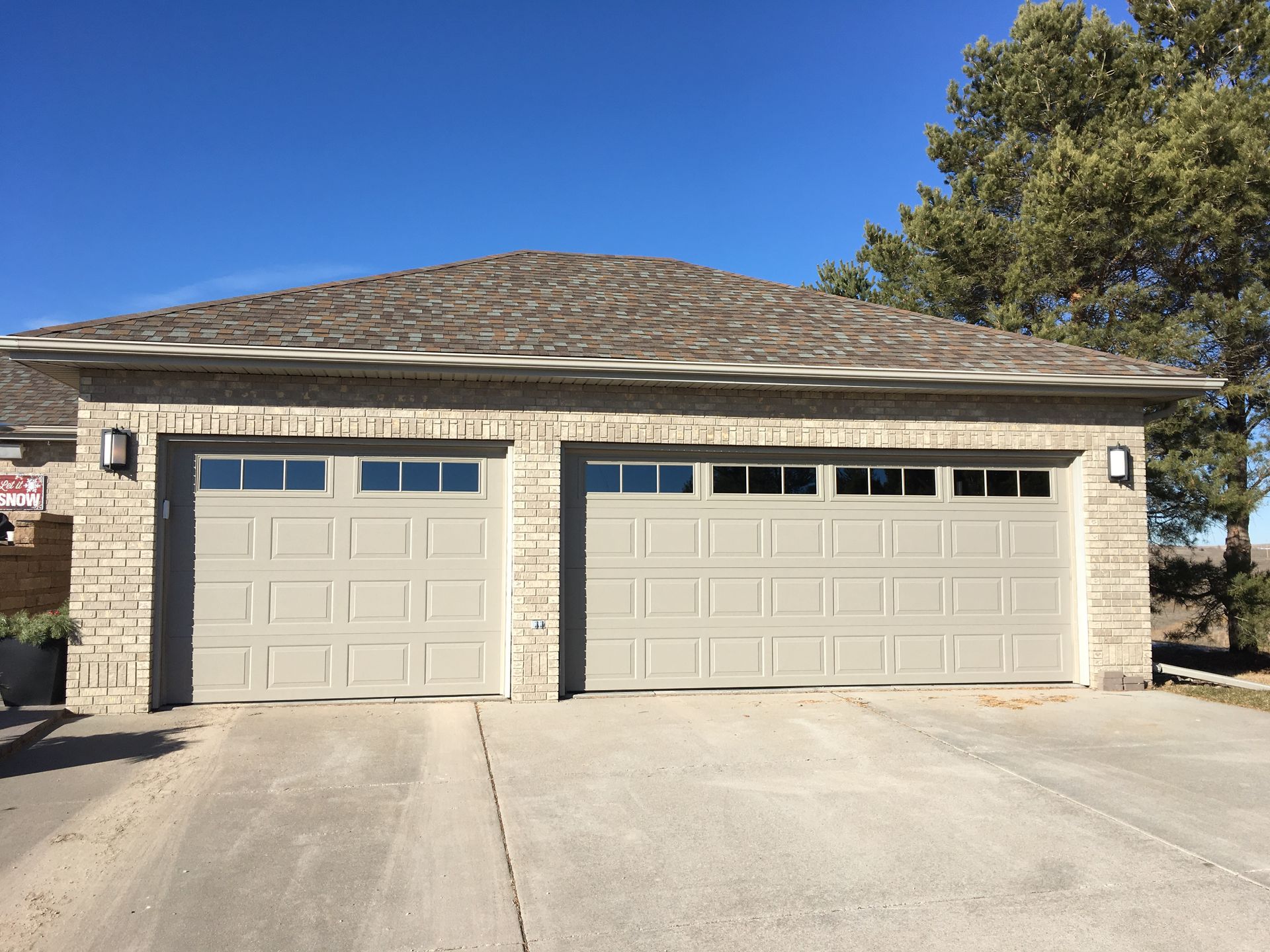Each season presents unique challenges for your roof. Whether it's the heat of summer or the chill of winter, knowing how weather affects your roof can help you protect it throughout the year. Here are some essential roofing tips.

How Rain, Snow, and Heat Impact Your Roof
Persistent Rain: Persistent rain can lead to leaks, mold, and erosion if your roof isn’t properly sealed. Standing water can damage shingles and cause rot in wooden structures.
Snow and Ice Accumulation: Snow buildup can cause your roof to sag or even collapse if left unchecked. Ice dams form when melting snow refreezes at the roof’s edge, blocking drainage and causing leaks.
Summer Heat: Heat can warp, crack, or buckle shingles, and the constant expansion and contraction of roofing materials in hot weather can weaken the roof’s structure over time.
How to Prepare Your Roof for Harsh Weather
Taking steps to protect your roof from extreme weather is essential. Here are some tips to keep your roof safe during harsh conditions:
- Clean gutters: Keep your gutters and downspouts clear of leaves and debris to prevent water from backing up during rain or snowmelt.
- Inspect shingles: Examine your shingles and replace any that are damaged or missing to prevent leaks and additional damage.
- Seal roof cracks: Look for cracks or gaps and seal them to prevent water from seeping into your roof during storms or snowmelt.
- Ensure proper insulation: Good insulation not only boosts energy efficiency but also prevents ice dams from forming during the winter months.
Recommended Inspections and Repairs by Weathercraft
To keep your roof in peak condition, Weathercraft suggests having it inspected twice a year—once in spring and once in fall. We’ll identify weather-related damage and make recommendations for repairs and upgrades to protect your roof from harsh weather.